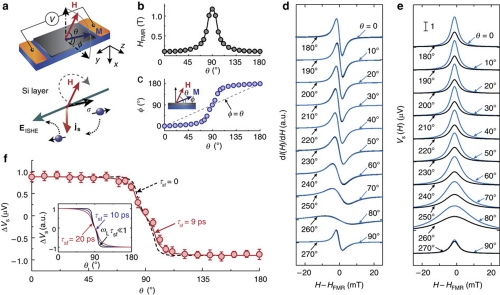Figure 3. Angular dependence of ISHE signal and spin precession.
(a) A schematic illustration of the Ni81Fe19/p-Si film when the external magnetic field H is applied oblique to the film plane. M denotes the static component of the magnetization. θ and φ show the magnetic field angle and magnetization angle, respectively. (b) Magnetic field angle θ dependence of the FMR field HFMR measured for the Ni81Fe19/p-Si film. The filled circles represent the experimental data. The solid curve is the numerical solution of the Landau–Lifshitz–Gilbert equation with the saturation magnetization 4πMs=0.852T. (c) Magnetic field angle θ dependence of the magnetization angle φ for the Ni81Fe19/p-Si film estimated using the Landau–Lifshitz–Gilbert equation with the measured values of HFMR. (d) Magnetic field angle θ dependence of the FMR signal dI(H)/dH measured for the Ni81Fe19/p-Si film at 200 mW. (e) Magnetic field angle θ dependence of the symmetric component of the electromotive force Vs (H) extracted by a fitting procedure from the measured V spectra for the Ni81Fe19/p-Si film at 200 mW. (f) Magnetic field angle θ dependence of ΔVs. The solid circles are the experimental data. The solid curve is the theoretical curve obtained from equation (5) with τsf=9 ps. The dashed curve is the theoretical curve for τsf=0. The error bars represent the 90% confidence interval. The inset shows the θ dependence of ΔVs calculated from equation (5) with τsf=20 ps (the red curve), τsf=10 ps (the blue curve), and  (the black curve).
(the black curve).

